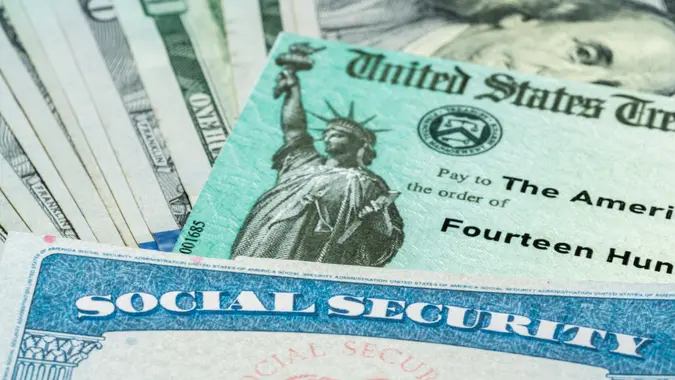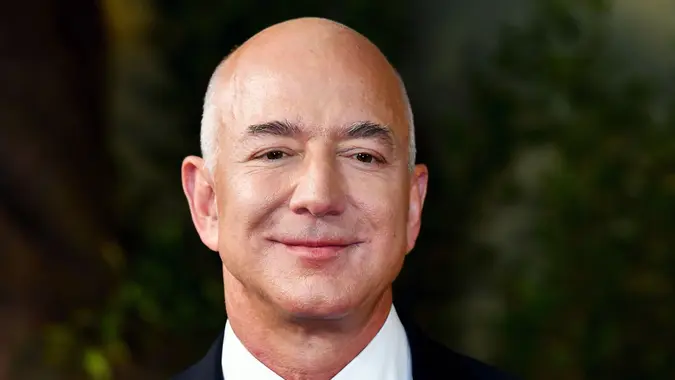What To Do if You Lose Your Pension: Expert Tips for Protecting Your Retirement

Commitment to Our Readers
GOBankingRates' editorial team is committed to bringing you unbiased reviews and information. We use data-driven methodologies to evaluate financial products and services - our reviews and ratings are not influenced by advertisers. You can read more about our editorial guidelines and our products and services review methodology.

20 Years
Helping You Live Richer

Reviewed
by Experts

Trusted by
Millions of Readers
Employers offering pensions are a dying breed, and their numbers will drop again in December when Kodak completes the termination of a pension plan some 35,000 participants have counted on to fund their retirements. Participants will receive their choice of a lump-sum payment or an annuity, as the law requires in this type of termination, according to the Pension Benefit Guaranty Corporation (PBGC).
However, those who are still years from retirement could face a significant savings shortfall despite the payout.
As Mary Clements Evans, CFP®, founder and CEO of Evans Wealth Strategies in Emmaus, Pennsylvania, recently explained in a LinkedIn video, retirees and near-retirees won’t feel much effect from the termination, but the impact on mid-career employees is devastating.
Evans told GOBankingRates that pensions accrue like a hockey stick. “Hockey stick” describes a curve that remains flat for a short time before surging over the long term. When a pension terminates near the bottom of the curve, the employee misses out on the long, steep increase in accruals.
“If they’ve worked half the years, they will not receive half the pension. They will get around 10 to 15%,” Evans said. Often, employees aren’t even aware of this until it’s too late to make up for the lost income.
How To Protect Your Retirement if Employer Terminates Pension
If you find yourself in this position, the right strategy can help you salvage your retirement. Retirees and near-retirees should simply focus on growing their money at a higher rate than they’re withdrawing it.
“This will build a nest egg to cover things like inflation and long-term healthcare costs,” Evans said.
If you still have years of employment ahead of you, Evans recommended getting into a 401(k) or other retirement plan as soon as possible. It’s also a good idea to get a retirement plan done so you know how much you need to save each year and how to invest it for growth.
To illustrate the importance of growth, Evans offered the example of someone who saves $10,000 per year for 30 years. Keeping the money tucked safely away in a savings account earning 2% interest grows the nest egg to $405,500 after 30 years.
That sounds pretty good until you compare it to what you’d have after 30 years of investing in a high-quality portfolio earning 7% per year: a staggering $944,600.
“A high quality, well-diversified portfolio has never gone down and stayed down,” Evans said, warning employees not to let misinformation and fear cheat them out of a good retirement.
“If you struggle with these emotions, as most everyone does, find a financial advisor who will help you work through this and make good decisions.”
More From GOBankingRates
 Written by
Written by  Edited by
Edited by 
























